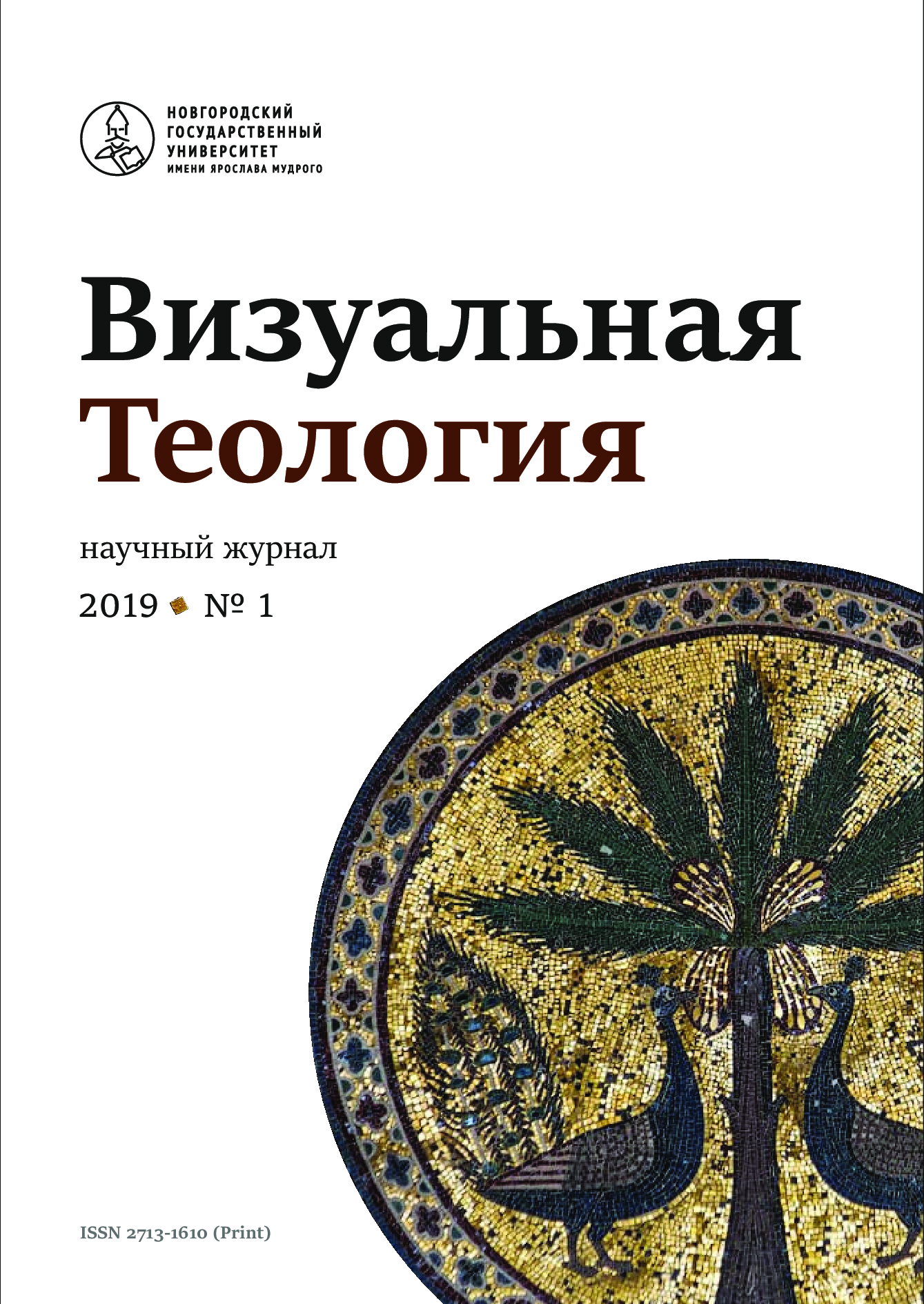Christian Church in Urban Space: The Two Concepts of the City
Abstract
A Christian church informs a special space separated from the secular world. At the same time, the space of a church and the secular space do communicate. The channels and the ways of this communication depend on the basic attitudes embedded in religion itself. Christianity, in particular, is known for its cosmic nature. A church is not only a seat of God, but also a means to sanctify the world. In the Western tradition, the cosmism of a church was manifested in the absence of barriers separating the secular and sacred spaces of the city, as well as in particular attention to the decoration of the external walls of a church with divine and saintly figures, whereas the interior received but frugal decoration. Mundane imagery can also be found in the decoration of the facades. Worldly reality was thus integrated into the sacred space and was subordinate to it. In the Christian East, the development of the boundaries separating a church and the world followed similar ways. In Constantinople, in particular, the Church of the Virgin of the Pharos, where most important Christian relics were kept, had particular significance as a model. It was part of the architectural ensemble of the Imperial Palace. The territory of the Palace was also a place of liturgical processions. The Byzantine approach to delineate the borders between the sacred and the profane was emulated in Medieval Russia. The importance of a church square is known from chronicles. The buildings for the clergy as well as princely mansions were built near churches. However, such ensembles were carefully integrated in the urban space. Thus, in a Medieval city, a church was not just a place of hierophany, but it also consecrated its whole territory. The situation changed with the advent of Modernity, when the principles of urban planning were gradually reconsidered. Architectural features of the design of churches were increasingly adapted to the idea of a city as a space for habitation. However, these adaptations in the West and in Russia have taken different directions. In Europe, diverse solutions have been found that allowed churches to find their proper places in renewed urban environments and continue their function of sanctifying the world. Take, for example, St. Peter’s square in Rome, in front of the Cathedral dedicated to the Apostle (1656–1667). As an integral part of the urban space, this square clearly contributes to the sacralization of the city. However, the situation in Russia was different. It was characterized by a sharp transition from the Medieval town-planning tradition to a principle of a secular rationally planned city. The concept of regularly structured urban space was taken as the basis for the construction of St. Petersburg, the new Russian capital city since the 18 th century. The functions of the administrative and the economic center of the country were clearly given preference in the overall design of the city. The consecrating mission of Christian churches did not fit this new conception of a city. Therefore, it is only logical that we often see here the church grounds encircled with fences to isolate them from the urban space. Since the 19 th century the construction of buildings next to churches was plainly forbidden. Driven by the natural need for self-preservation and spiritual survival in the increasingly foreign urban milieu, this cultural isolation prevented the Church from performing its function of consecrating the urban territory. Although some elements of sacred cityscapes survived in ancient Russian cities, such as Moscow, the general tendency to phase out spiritual components of the city gradually lead to complete secularization of urban spaces. The spiritual dimension of the city has almost disappeared from the minds of urban populace. While the ancient town-planning tradition is gone, a new one is yet to emerge.


